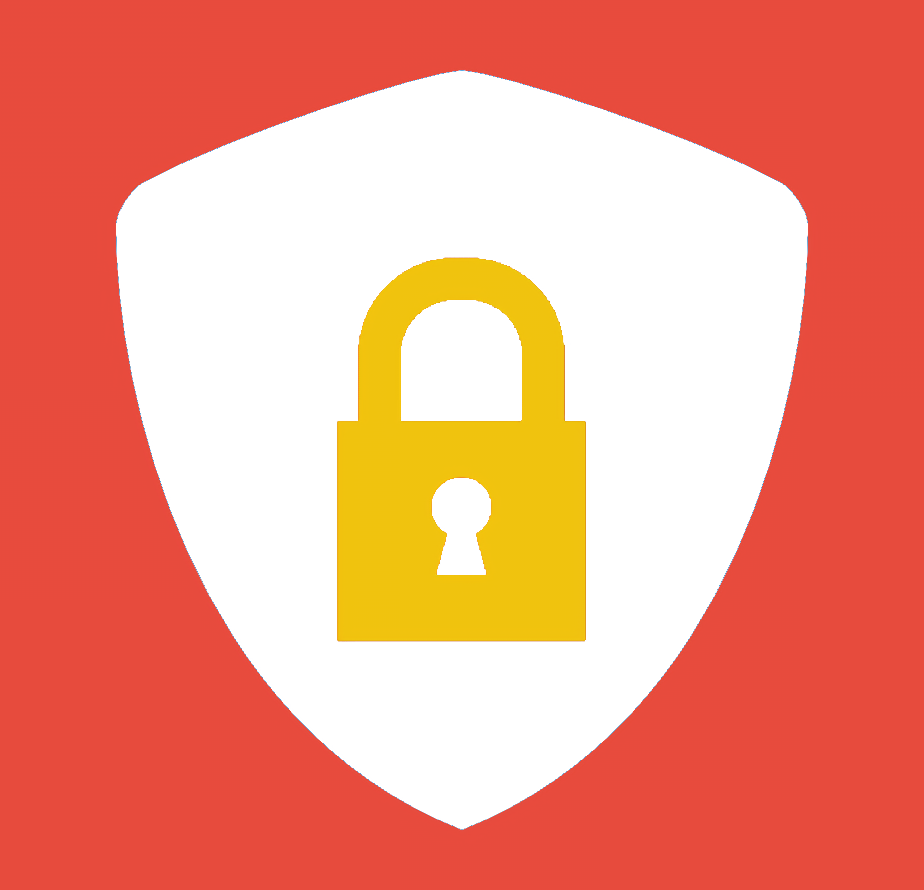Privacy on the Internet is important because privacy risks range from the gathering of statistics on users to more malicious acts such as the spreading of spyware and the exploitation of various forms of bugs (software faults). Many companies, such as Google, track which websites people visit and then use the information, for instance by sending advertising based on one’s web browsing history. Sometimes prices on products are changed on the same website, depending on tracking information, and two people may view the exact same product on the exact same website yet be presented with very different prices.


The safety of TUI browsers is a bit overrated; most don’t do any sandboxing of content whatsoever and are run in an unsandboxed environment. Both of these are important for a piece of software that only exists to parse untrusted content from the most hostile environment known (the Web).
Check a CVE database mirror for your favorite TUI browser; if it has a nontrivial number of users, it’ll have some vulns to its name. Especially noteworthy is Elinks, which I absolutely don’t recommend using.
Personally: to read webpage from the terminal, I pipe
curlorrdrviewoutput intow3mthat’s sandboxed using bubblewrap (bwrap(1)); I wrote this script to simplify it. I use that script to preview HTML emails as well. The sandboxed w3m is forbidden from performing a variety of tasks, including connecting to the network;curlhandles that.Tangential: rdrview is a CLI tool that implements Mozilla’s Readability algorithm. It uses libseccomp for sandboxing on Linux and Pledge to do so on OpenBSD. Piping its HTML output into
w3m-sandboxmakes for a great text-extraction workflow.